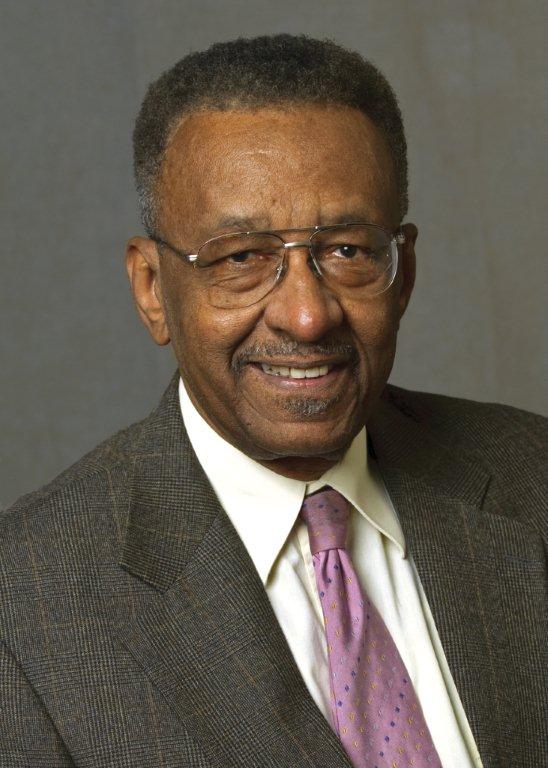A typical belief among the world’s foreign aid agencies is there’s a “vicious cycle of poverty” that makes economic development virtually impossible for the world’s poor nations. This idea holds that poor countries are poor because income is so low that savings cannot be generated to provide the kind of capital accumulation necessary for economic growth.
Thus, it is alleged, the only way out of the poverty quagmire is foreign aid. As popular as the vicious cycle of poverty theory is among economic development “experts,” it has to be one of mankind’s most foolish ideas.
“Explain yourself, Williams!” you say. “That’s what my professors taught when I went to college, and they’re teaching the same thing to my kids.” Let’s look at it.
The vicious cycle of poverty theory can’t even pass the straight-face test. After all, how did countries such as the United States, England, Canada, New Zealand, Switzerland and others break that cycle and become rich? Were they simply “born” rich? That’s a big fat no.
So how in the world did these once poor and backward countries become wealthy without what today’s development experts say is absolutely necessary for economic growth – foreign-aid handouts, and World Bank and International Monetary Fund (IMF) loans? Maybe part of the answer lies in the fact that there were no foreign-aid handout programs and economic development experts around during their economic development.
According to a recently released report by Heritage Foundation policy analysts Paolo Pasicolan and Sara Fitzgerald, “The Millennium Challenge Account: Linking Aid With Economic Freedom,” despite decades of economic aid, most recipient nations are poorer now than they were before they first received development assistance. What foreign aid usually achieves is the enabling of Third World tyrants to retain power by having the resources to build grandiose projects that make little economic sense, pay off cronies and buy military equipment to suppress their people, not to mention setting up multimillion- and even multibillion-dollar Swiss bank accounts.
Then there’s the population myth that holds that countries are poor because they are overpopulated. That’s nonsense. For example, the population density of China is 409 people per square mile; in Taiwan it’s 1,478 per square mile and in Hong Kong, it’s 247,500. Which people have higher incomes? If you said Hong Kong, you’d be dead right. But for people who see overpopulation as a cause of poverty, China should be the richest, and Hong Kong the poorest. The late economist Lord Peter Bauer said, “Economic achievement and progress depend on people’s conduct, not on their numbers.”
The latest mythical explanation for Third World poverty is globalization and multinational corporation exploitation. Peaceable trade and contact with other nations have always raised the potential for higher living standards. In fact, Third World countries least touched by the West, whether the contact was in the form of imperialist conquest, trade or multinational corporations, are among the poorest of the poor – countries like: Nepal, Tibet, Sikkim and Bhutan in Asia, and Ethiopia and Liberia in Africa.
Poverty is mostly self-inflicted – indigenously created. What are some of the most commonly held characteristics of the non-poor world? In non-poor countries, people tend to have greater personal liberty, property rights are protected, contracts are enforced, there’s rule of law and there’s a market-oriented economic system rather than a socialistic one.
A country need not be rich to create these wealth-enhancing institutions. That’s much of the story of the United States. In 1776, we were essentially a Third World nation, but we established an institutional structure to become rich – an institutional structure that not only attracted investment but talented, hardworking immigrants, as well. Contrast that to today’s poor countries, whose policies and institutional structure do just the opposite – repel investment and cause their most talented people to leave.
